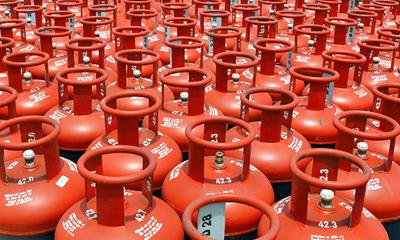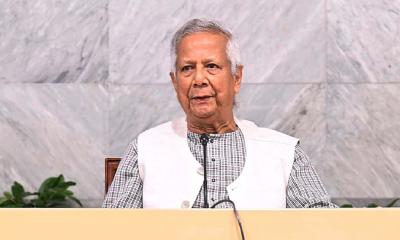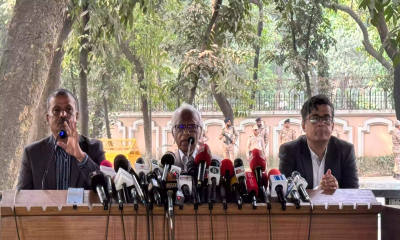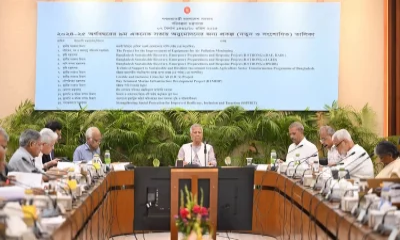Sand and dust storms now impact the lives of approximately 330 million people across more than 150 countries, posing increasing threats to public health, economies, and the environment, according to the UN’s World Meteorological Organization (WMO).
Addressing the UN General Assembly, WMO representative Laura Paterson reported that around 2 billion tons of dust—equivalent to 300 Great Pyramids of Giza—are released into the atmosphere annually.
While over 80% of this originates from deserts in North Africa and the Middle East, its effects span continents and oceans, as dust particles travel thousands of kilometers.
The UN General Assembly marked the International Day of Combating Sand and Dust Storms on Saturday and designated 2025–2034 as the UN Decade for tackling this growing challenge.
General Assembly President Philemon Yang, in a speech delivered by a vice president, described sand and dust storms as one of the world’s most overlooked yet far-reaching crises. He linked their rise to climate change, land degradation, and unsustainable land use.
Yang highlighted that airborne particles from these storms are responsible for nearly 7 million premature deaths each year, largely due to respiratory and cardiovascular diseases.
In agriculture, they cause up to 25% losses in crop yields, driving food insecurity and population displacement.
Rola Dashti, Executive Secretary of the UN Economic and Social Commission for Western Asia, warned of the enormous financial cost of these storms.
In the Middle East and North Africa, damages are estimated at around $150 billion annually—roughly 2.5% of the region’s GDP.
She cited recent storms in Iraq that overwhelmed hospitals with respiratory patients, and others in Kuwait and Iran that shut down schools and offices. Dust from the Sahara, she noted, has even reached as far as Florida and the Caribbean.
Dashti, who also co-chairs the UN Coalition on Combating Sand and Dust Storms, said more than 20 UN and international agencies are now collaborating to improve early warning systems and address the storms’ wide-ranging impacts.
She urged governments to incorporate sand and dust storm response strategies into both national and global policy agendas.
“We already have the tools—from land restoration and sustainable agriculture to advanced warning systems,” Dashti said. “What’s needed now is unified global action and the necessary funding to scale up these solutions.”


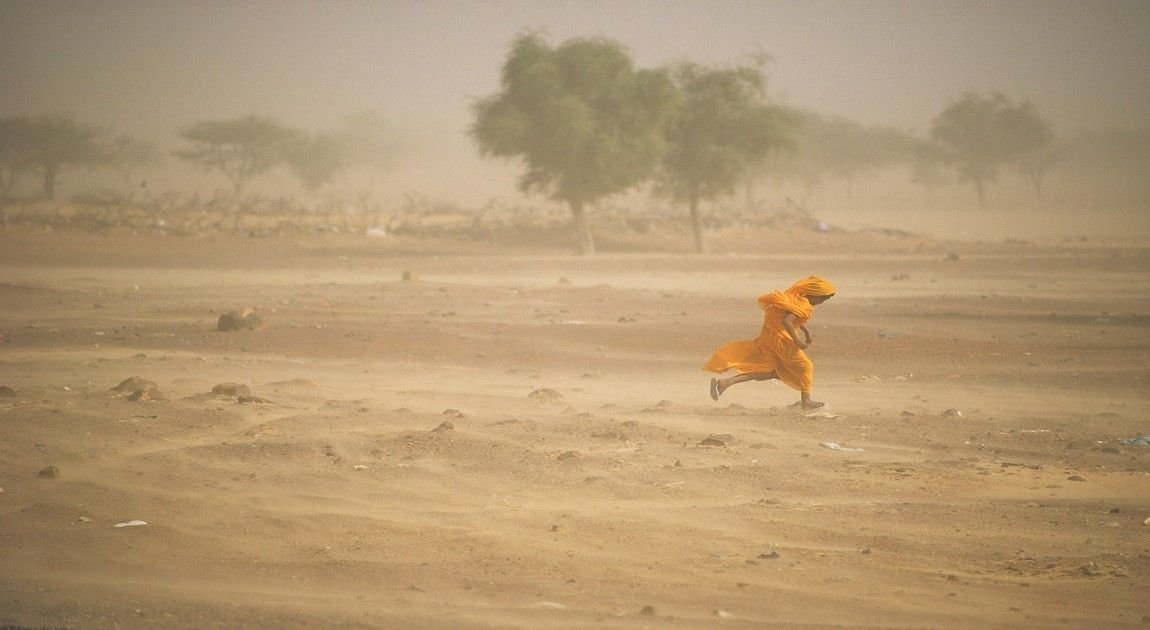

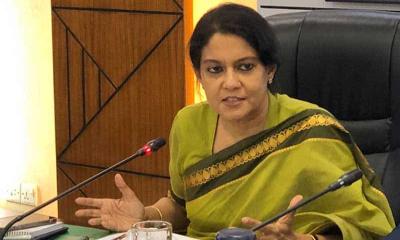
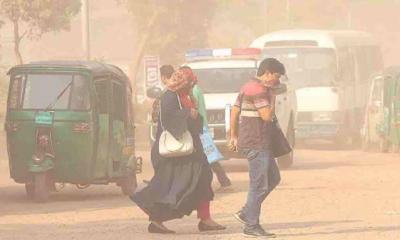

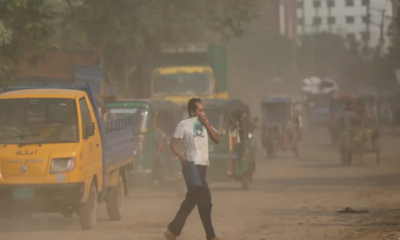




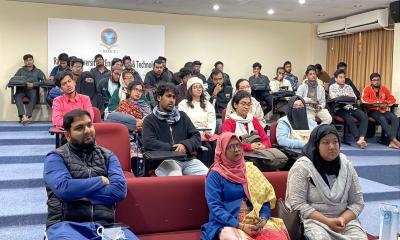






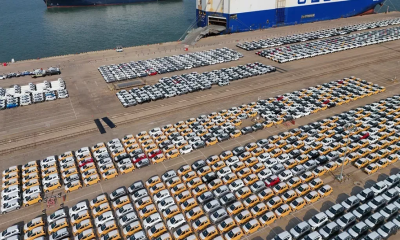
-20251207131533.jpg)


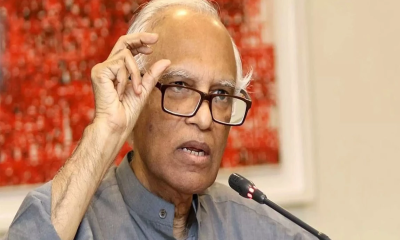

-(25)-20251122062715-20251202031751.jpeg)
-(25)-20251122062715-20251204041734.jpeg)

